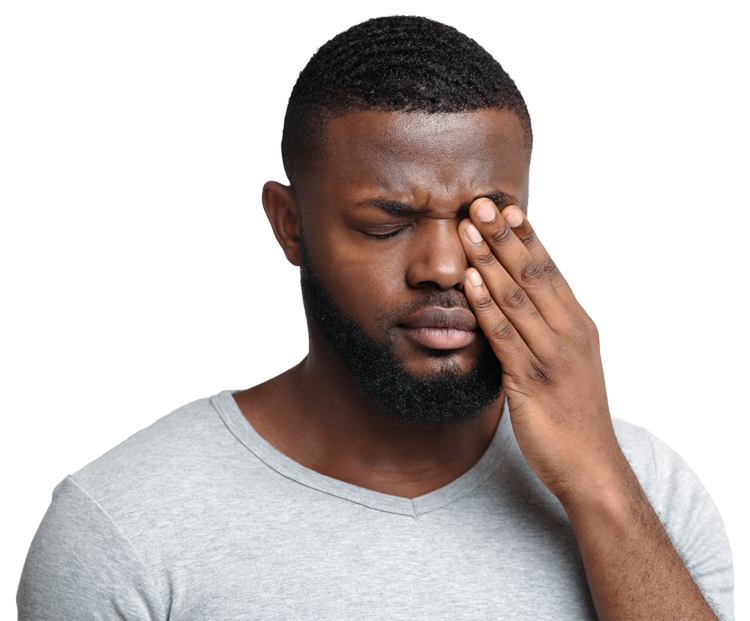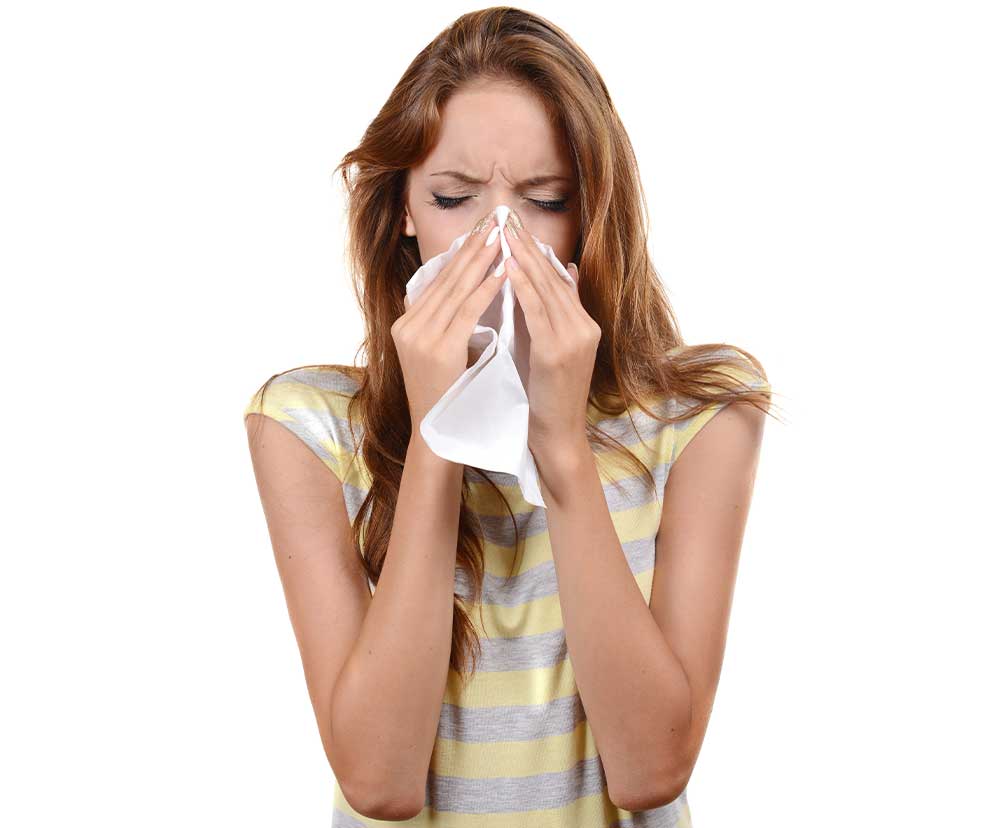
Cornea
Our Services
- Epithelium
- Bowman’s Layer
- Stroma
- Descemet’s Membrane
- Endothelium
The following section highlights conditions, injuries, and surgical treatments that affect this structure of the eye.
PINGUECULA & PTERYGIUM
A pinguecula is a yellowish patch or bump on the white part of the eye, most often on the side closest to the nose. It is not a tumor, but an alteration of normal tissue resulting in a deposit of protein and fat. Unlike a pterygium, a pinguecula does not actually grow onto the cornea. A pinguecula may be a response to chronic eye irritation or sunlight. A pterygium is fleshy tissue that grows over the cornea (the clear dome in the front of the eye). It may remain small or may grow large enough to interfere with vision. A pterygium most commonly occurs on the inner corner of the eye, but can appear on the outer corner as well. The exact cause is not well understood, but pterygia occur more often in people who spend a great deal of time outdoors, especially in sunny climates. In areas of the world in which the population are predominantly fishermen or farmers, pterygia are extremely common. Long-term exposure to sunlight, especially ultraviolet (UV) rays, and chronic eye irritation from dry, dusty conditions seem to play an important causal role. A dry eye may contribute to pterygium. Sunglass wear with UV protection and the use of artificial tears might reduce the incidence and growth rate of pterygia.
When a pterygium becomes red and irritated, eye drops or ointments may be used to help reduce the inflammation. If the pterygium is large enough to threaten sight or grows rapidly, it should be removed surgically. Despite proper surgical removal, the pterygium may return.
The diagnosis of pinguecula or pterygium should be made by your eye doctor. Although rare, certain eye cancers mimic the appearance of a pinguecula or pterygium. A thorough eye exam by an eye professional will determine the appropriate treatment.
KERATOCONUS
Keratoconus is a disorder that is characterized by a progressive steepening of the cornea, typically just below the center. This results in a more pointed, cone-shaped center and blurred vision. Rarely, a medical condition can be associated with keratoconus, but the most common link to this disorder is that of allergic eye disease. Research has shown that eye rubbing, perhaps in response to itchy eyes, can worsen or even cause keratoconus. Eye-rubbing is never advocated by your eye physician and itchy eyes can be treated more effectively with drops or systemic allergy medications when necessary.
LEARN MORE ABOUT KERATOCONUSCORNEAL ABRASION
Any scratch, or scrape on the surface of the cornea—the outermost clear, dome-shaped tissue of the eye–is called a corneal abrasion. Typically, these injuries are caused by direct contact with things like a fingernail, tree branch, or makeup brush. You may experience pain as the injury occurs, or later you may feel pain and a foreign body sensation.
Corneal abrasions can also be caused when airborne particles such as dust, wood, or metal shavings make contact with the eye. Even contact lenses and conditions such as dry eye can cause abrasions.
LEARN MORE ABOUT CORNEAL ABRASION
CORNEA TRANSPLANT
A cornea transplant removes the central portion of the diseased cornea which is replaced with a healthy donor cornea.
Causes of Cornea Damage:
- Injury
- Disease
- Infection
- Previous Eye Surgery
VIRAL INFECTION
The most common cause of viral infection is the same virus which causes the common cold. Viral and bacterial conjunctivitis (Pink Eye) can often occur along with symptoms of the common cold or symptoms of a respiratory infection and are very contagious.
In addition Ocular Herpes is a common recurrent viral infection that affects the eyes. It can cause scarring and inflammation of the cornea. One type of Ocular Herpes is known as Herpes Simplex Keratitis, or HSVK. It is typically transmitted through contact with another person who is having an outbreak.
LEARN MORE ABOUT VIRAL INFECTIONS

SEASONAL ALLERGIC CONJUNCTIVITIS
Many people in the US suffer from seasonal itchy, swollen, red eyes. Airborne allergens such as house dust, animal dander, and mold constantly bombard the eyes and can cause ocular allergies at any time. But when spring rolls around and the plant pollen starts flying, it seems like everyone starts crying. Seasonal allergic conjunctivitis, or hay fever, is the most common allergic eye problem. Various antihistamine and decongestant drops and sprays can soothe irritated eyes and nose.
LEARN MORE ABOUT SEASONAL ALLERGIC CONJUNCTIVITISRequest an Appointment
Our goal is to contact you by phone within 24 hours of submission. If you find yourself in an EMERGENCY situation, please CALL 732-774-5566 instead.



